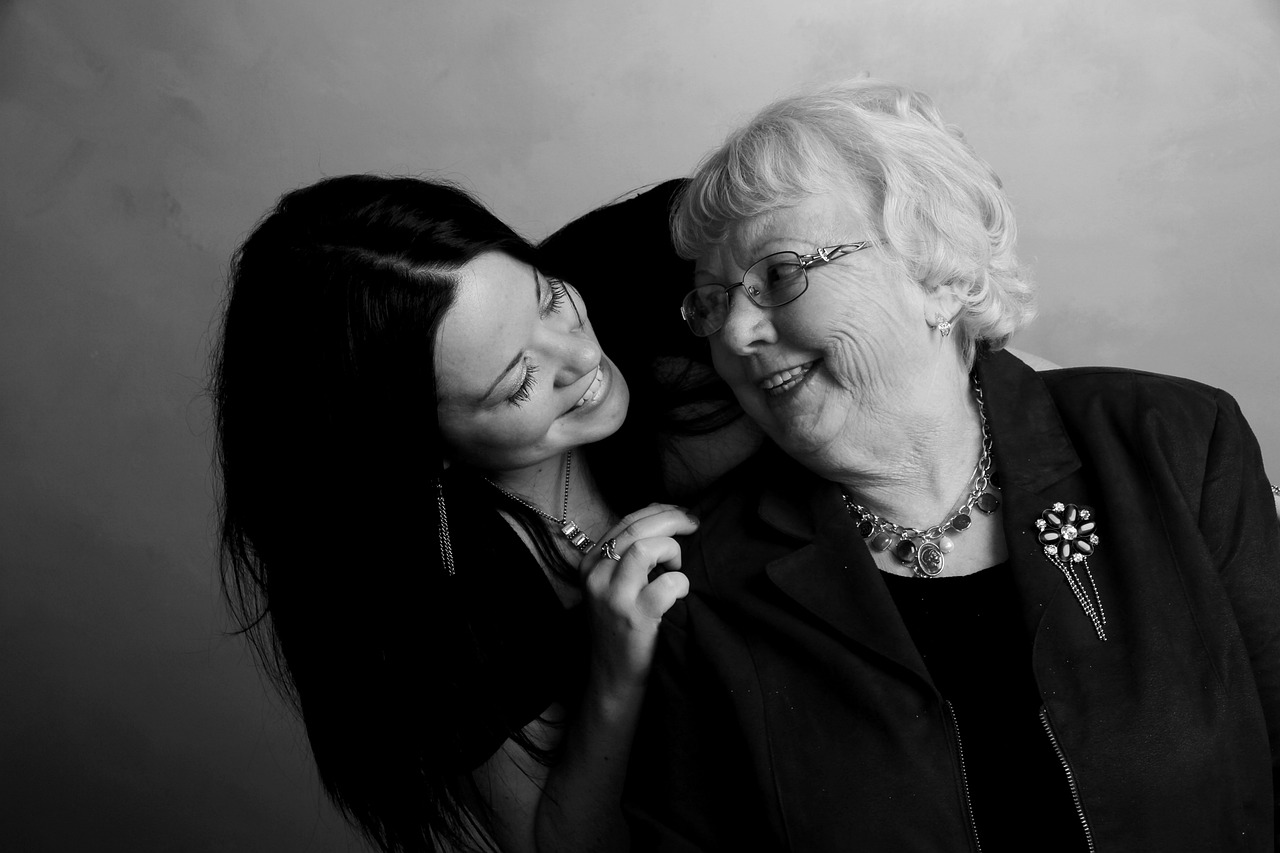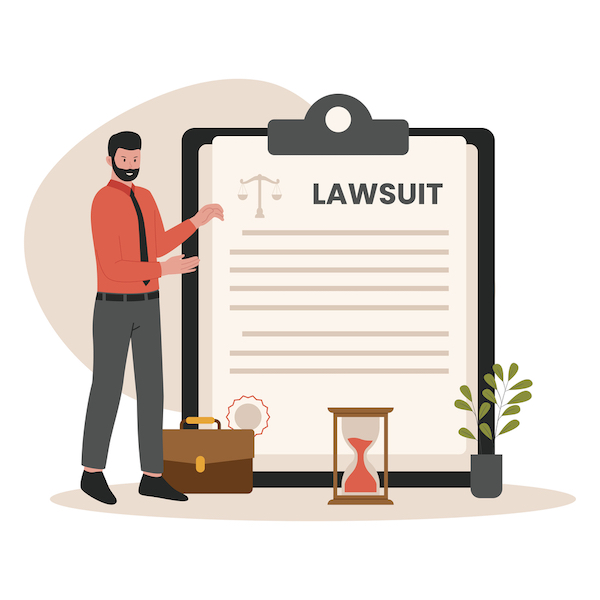Federal Circuit Patent Watch: District Court’s “Seemingly Siloed and Inflexible Approach” to Obviousness “Ran Afoul” of KSR | WilmerHale
Precedential and Key Federal Circuit Opinions
1. JANSSEN PHARMACEUTICALS, INC. v. TEVA PHARMACEUTICALS USA, INC. [OPINION] (2022-1258, 2022-1307, 4/1/2024) (Dyk, Prost, and Hughes)
Prost, J. The Court affirmed the district court’s indefiniteness determination but vacated and remanded its nonobviousness determination as to the asserted patent.
Regarding obviousness, the Court held that the “district court asked for a showing of obvious-ness that went beyond what was claimed” by “add[ing] unclaimed limitations to the claims when analyzing obviousness.” The Court also held that “the district court did not apply the correct test for teaching away.” The Court also held that “the court’s analysis ran afoul of KSR’s basic mandate in a number of ways. It failed to consider the ‘interrelated teachings of multiple’ references, ‘the background knowledge possessed by a person having ordinary skill in the art,’ or ‘the inferences and creative steps that a person of ordinary skill in the art would employ.’” “Instead, the district court sought an explicit indication in the [prior art] protocol that an improvement was required—at times also suggesting that it was searching for an indication that the claims captured the singular way the protocol would be modified.” “This seemingly siloed and inflexible approach left insufficient room for consideration of how background knowledge in the art would have impacted a POSA’s understanding of, or motivation to modify, the primary references at issue, thereby inflating the significance of minor variations between the prior art and the claims.”
Regarding indefiniteness, the Court affirmed “[b]ecause the district court’s indefiniteness determination here rests on factual findings that Teva ha[d] not shown to be clearly erroneous.”
2. AI VISUALIZE, INC. v. NUANCE COMMUNICATIONS, INC. [OPINION] (2022-2109, 4/4/2024) (Moore, Reyna, and Hughes)
Reyna, J. The Court affirmed the court’s order dismissing the plaintiff’s case, finding the asserted claims were directed to an abstract idea and failed to provide an inventive step that transformed that abstract idea into a patent-eligible invention under 35 U.S.C. § 101. The field of the asserted patents generally relates to visualization of medical scans. In evaluating patent eligibility, the Court applied the two-step test set forth in Alice Corp. Pty. Ltd. v. CLS Bank Intern., 573 U.S. 208 (2014).
At Alice step one, the Court agreed with the district court that all the asserted claims were directed to an abstract idea, specifically, “the asserted claims are directed to converting data and using computers to collect, manipulate, and display the data.” The plaintiff argued “that the claims [were] not directed to an abstract idea because the claims require the creation of ‘on the fly’ virtual views at a client computer.” The Court disagreed, explaining that “[t]here is no recitation in the claim about how to create frames or virtual views, much less in a manner that would meaningfully support a technical solution to a technical problem in the prior art.”
At Alice step 2, the district court determined the alleged inventive concepts in the claims were no more than the abstract ideas themselves and that nothing in the claim limitations transformed the abstract nature of the claims into patent-eligible subject matter. The plaintiff argued that “creation of virtual views ‘on demand’ or in ‘real-time’ in response to a user request transforms the claims into something ‘significantly more’ than the abstract idea.” The Court again disagreed, explaining that the plaintiff’s claim that the “virtual views” are created “on the fly,” without more, could not support patent eligibility at Alice step two. The Court also concluded that “the claimed step of creating a virtual view is itself an abstract idea” and that “that virtual views were known in the art.”
3. SALIX PHARMACEUTICALS, LTD. v. NORWICH PHARMACEUTICALS INC. [OPINION] (2022-2153, 2023-1952, 4/11/2024) (Lourie, Chen, and Cunningham)
Lourie, J. The Court affirmed a final judgment from the district court holding that some of Salix’s asserted patent claims were invalid as obvious and some of Salix’s asserted patent claims were infringed and not invalid.
Regarding the district court’s determination of obviousness, in view of the record before the Court, the Court “s[aw] no clear error in the finding that a skilled artisan would have had a reasonable expectation of success” and “therefore affirm[ed] the district court’s holding that the challenged … claims would have been obvious over the cited references.”
On cross-appeal, Norwich argued that, in issuing its final decision, the district court misinterpreted 35 U.S.C. § 271(e)(4)(A), “which directs a court, following a finding of infringement, to order the FDA to defer final approval of an [Abbreviated New Drug Application (“ANDA”)] until the expiration of the infringed patent.” Norwich argued that “the district court order unfairly precludes it from receiving final approval of a new non-infringing ANDA.” The Court affirmed, however, noting that section 271(e)(4)(A) describes delaying the approval of “the drug . . . involved in the infringement,” and that “the relevant infringement here” was “the submission of the ANDA that included an infringing use.” “That the ANDA further recited a non-patent-protected indication does not negate the infringement resulting from the ANDA’s submission. The order thus appropriately delayed the effective final approval date of ‘this infringing ANDA’ submission.”
4. LUV N’ CARE, LTD. v. LAURAIN [OPINION] (2022-1905, 2022-1970, 4/12/2024) (Reyna, Hughes, and Stark)
Stark, J. The Court (1) affirmed the district court’s judgment for Luv N’ Care (“LNC”) on its unclean hands defense against EZPZ; (2) vacated the judgment for Eazy-PZ (“EZPZ”) of no inequitable conduct; (3) vacated the grant of partial summary judgment of invalidity; and (4) vacated the orders denying attorney fees and costs, and remanded.
LNC filed a declaratory judgment complaint against EZPZ, seeking, among other relief, a request that EZPZ’s ’327 design patent and ’903 utility patent be declared invalid, unenforceable, and not infringed. EZPZ filed counterclaims against LNC, including for infringement of the ’327 design patent and the ’903 utility patent.
Regarding LNC’s unclean hands defense, the district court determined that unclean hands barred EZPZ from obtaining relief. In particular, the district court found that “EZPZ engaged in litigation misconduct, including by failing to disclose certain patent applications during discovery, attempting repeatedly to block LNC from obtaining [the named inventor’s] prior art searches, stringing LNC along during settlement negotiations, and providing evasive and misleading testimony.” The Court affirmed, holding that “the district court did not clearly err in its assessment that the totality of the evidence demonstrated that EZPZ engaged in misconduct rising to the level of unconscionable acts, enhancing EZPZ’s litigation positions and undermining those of LNC, creating immediate and necessary connections between EZPZ’s misconduct and the relief it was seeking from the court.”
Regarding LNC’s inequitable conduct defense, the district court held that “LNC failed to prove inequitable conduct by the requisite burden of proof.” The Court vacated this portion of the district court’s holding and remanded for further proceedings.
Regarding the district court’s grant of summary judgment that the claims of the ’903 patent were invalid due to obviousness, the Court vacated the district court’s judgement and remanded for further proceedings. The Court agreed with EZPZ that “there [wa]s a genuine dispute of material fact as to whether the Webb Prior Art discloses the seal-sealing functionality claimed in the ’903 patent.”
Finally, the Court addressed LNC’s appeal from the district court’s denial of its motion for attorney fees under 35 U.S.C. § 285 and costs. The Court agreed with LNC that the district court committed legal error by failing to declare LNC was the prevailing party. “By proving unclean hands,” which the Court affirmed, “LNC obtained the dismissal with prejudice of EZPZ’s then-remaining counterclaims, including its claim for infringement of the ’903 patent.” Consequently, LNC successfully achieved a material alteration in its legal relationship to EZPZ, which no longer has the ability to enforce the ’903 patent against LNC’s accused products.”






